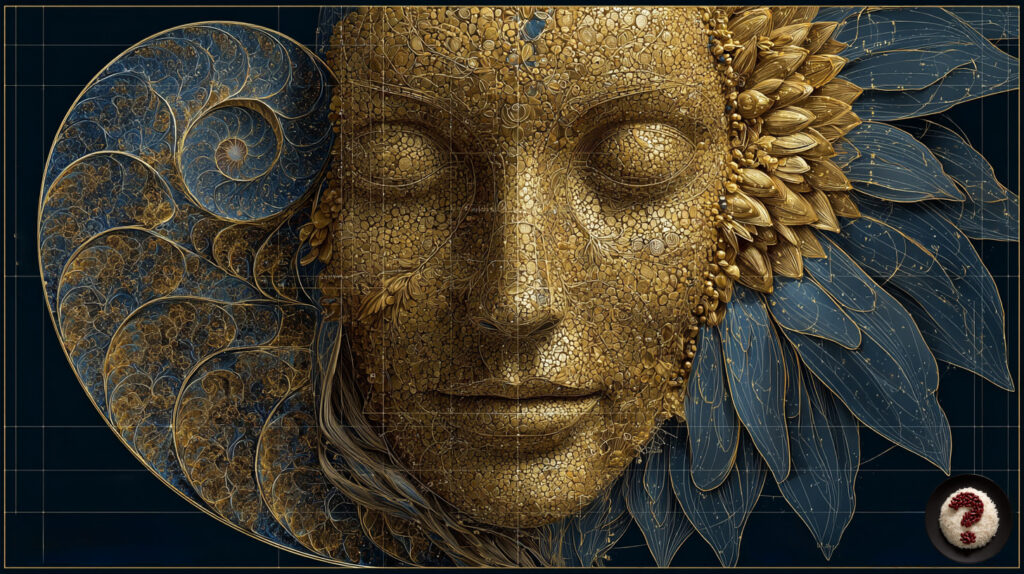
The Golden Ratio: What It Is, How It’s Calculated, Its History, and Examples from Turkey
If mathematics had a secret romance, its name would definitely be the Golden Ratio. That’s because this ratio appears everywhere—in art, architecture, nature, and even sometimes in the shape of a coffee cup. So, what is this Golden Ratio? Why have countless masters, from Leonardo da Vinci to Mimar Sinan, used this ratio in their works? And when we look at Turkey, which structures or natural formations are part of this magical math? Let’s take a journey that’s both serious and fun.
What is the Golden Ratio?
The Golden Ratio is a special number expressed approximately as 1.6180339887… It has been known since ancient Greece and is denoted by the Greek letter “ϕ” (phi). The mathematical definition is as follows: If a whole is divided into two parts, and the ratio of the larger part to the smaller part is equal to the ratio of the whole part to the larger part, that ratio is the Golden Ratio.
It sounds a bit complicated, right? But picture this: Imagine a rectangle; its width and height are in such a proportion that when you look at it, you feel, “Wow, this is perfect.” That feeling is the magic of the Golden Ratio.
How is the Golden Ratio Calculated?
The Golden Ratio formula is very simple:
(a + b) / a = a / b = φ (approximately 1.618)
For example, if you’re making a table and the long side is 161.8 cm and the short side is 100 cm, your table will possess the Golden Ratio. Of course, fitting that size table into your home is another matter.
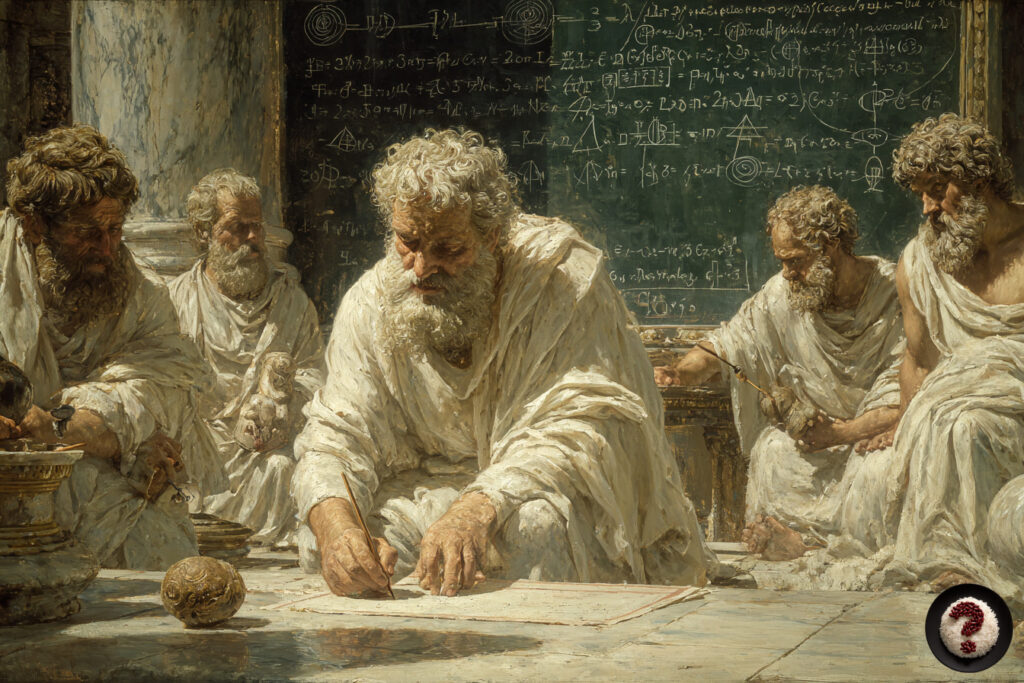
A Brief History of the Golden Ratio
The roots of the Golden Ratio date back to Ancient Greece. The Pythagoreans noticed this ratio in the 5th century BC. Euclid described it in his works as the “extreme and mean ratio.” Architects in Ancient Rome built structures using this ratio. In the Middle Ages, scientists concerned with geometry in the Islamic world (such as Al-Kindi and Ibn al-Haytham) reflected this ratio in their artwork.
During the Renaissance, Leonardo da Vinci used the Golden Ratio in both his paintings and his anatomical drawings. His “Vitruvian Man” sketch is an iconic example demonstrating that the proportions of the human body align with the Golden Ratio.
The Golden Ratio in Nature
Nature seems to use this ratio almost consciously. The Golden Ratio is present in the spirals of sunflower seeds, the arrangement of rose petals, seashells, the body of a pineapple, and even the shapes of some galaxies.
When you look at a snail shell, the harmony in its curves is pleasing to the eye. This “pleasure” is actually your brain’s natural sympathy for the Golden Ratio.
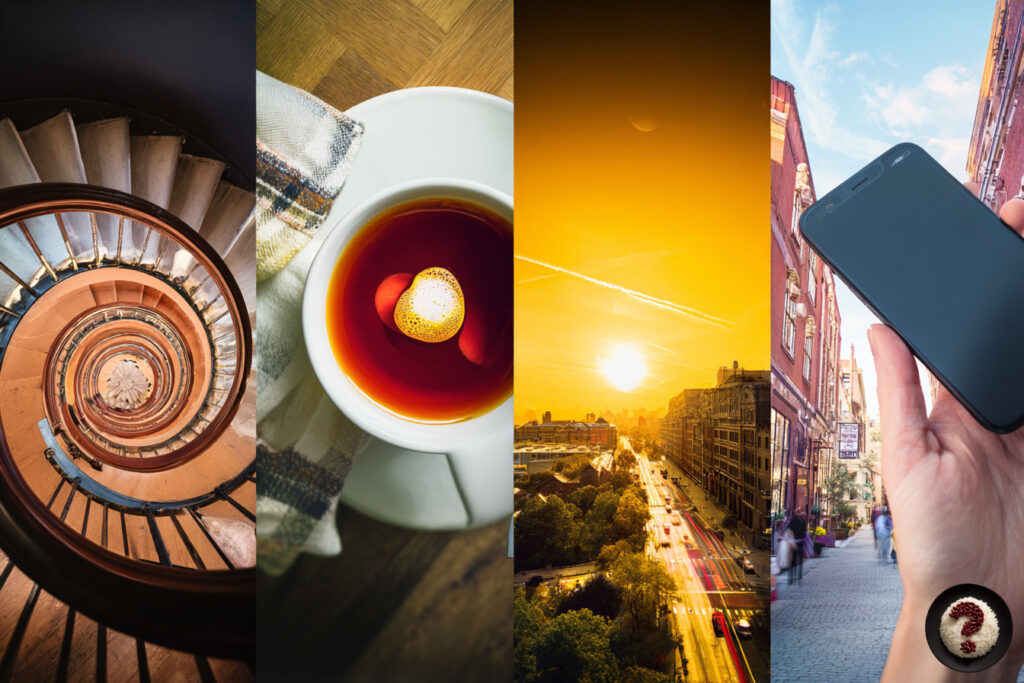
The Golden Ratio in Everyday Life
Many objects, from the dimensions of your phone screen to the size of credit cards, are designed using the Golden Ratio. You may have noticed the “golden cut” guidelines when adjusting a photo frame on Instagram.
The Golden Ratio exists even in your kitchen. For instance, slicing a pizza into eight pieces often creates a pleasing symmetry. (If those slices don’t disappear within five minutes, that is…)
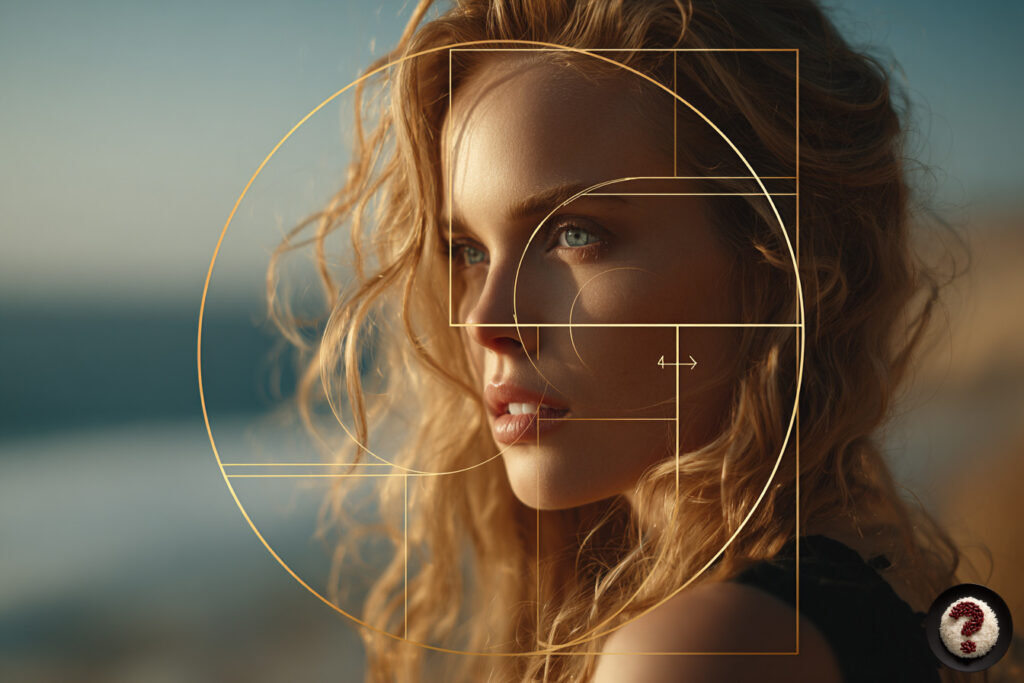
The Golden Ratio in Architecture, Art, and Design
The ratio between the height and the base length of the Egyptian Pyramids is very close to the Golden Ratio. The facade of the Parthenon Temple is a classic example of beauty designed with the Golden Ratio.
Raphael’s frescoes, Salvador Dalí’s paintings, the geometric patterns in Islamic calligraphy, and even some famous movie scenes… In all of them, the Golden Ratio is used as the “secret spice” of composition.
In photography, the Golden Ratio is a little more nuanced than the rule of thirds. When a golden ratio spiral is drawn from the center of the frame using the spiral composition technique, placing the main subject along this curve makes the image much more balanced.
The Golden Ratio is also indispensable in logo design. This ratio is hidden in iconic visuals like the Apple logo, the Twitter bird, and the Pepsi logo. In Turkey, some municipal logos and brand emblems are also designed with this logic.
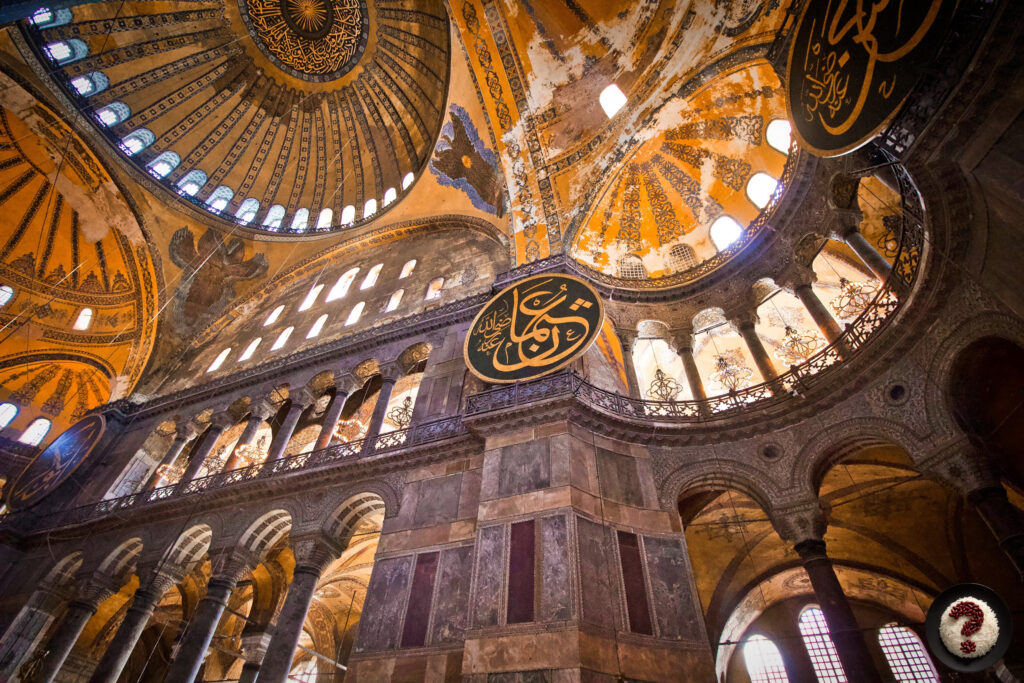
Examples of the Golden Ratio from Turkey
Mathematics doesn’t just stay in books; it becomes stone, dome, and carpet motif. There are numerous structures and natural formations in Turkey where we can find the Golden Ratio:
- Hagia Sophia – The harmony between the dome’s diameter and the body’s height is a historical reflection of the Golden Ratio.
- Blue Mosque (Sultanahmet Camii) – The balance between the minaret height and the courtyard width provides a natural aesthetic to photographs.
- Works of Mimar Sinan – In the Süleymaniye and Selimiye Mosques, there is Golden Ratio harmony between the dome’s diameter and height.
- Pamukkale Travertines – The visual balance of the stepped pools is like nature’s handwriting using the Golden Ratio.
- Ephesus Celsus Library – The spacing between the columns and the facade ratio presents a symmetry close to the Golden Ratio.
- Cappadocia Fairy Chimneys – The balance of the base and height of the conical shapes is proof that mathematics operates in nature.
- Turkish Carpet Motifs – The growth rate of patterns in Hereke and Konya carpets creates a harmony close to the Golden Ratio.
- Galata Tower – The ratio of the body to the roof makes you feel mathematically, “Yes, this is complete.”
- Turkish Lira Banknotes – Some older TL designs had dimensions quite close to the Golden Ratio.
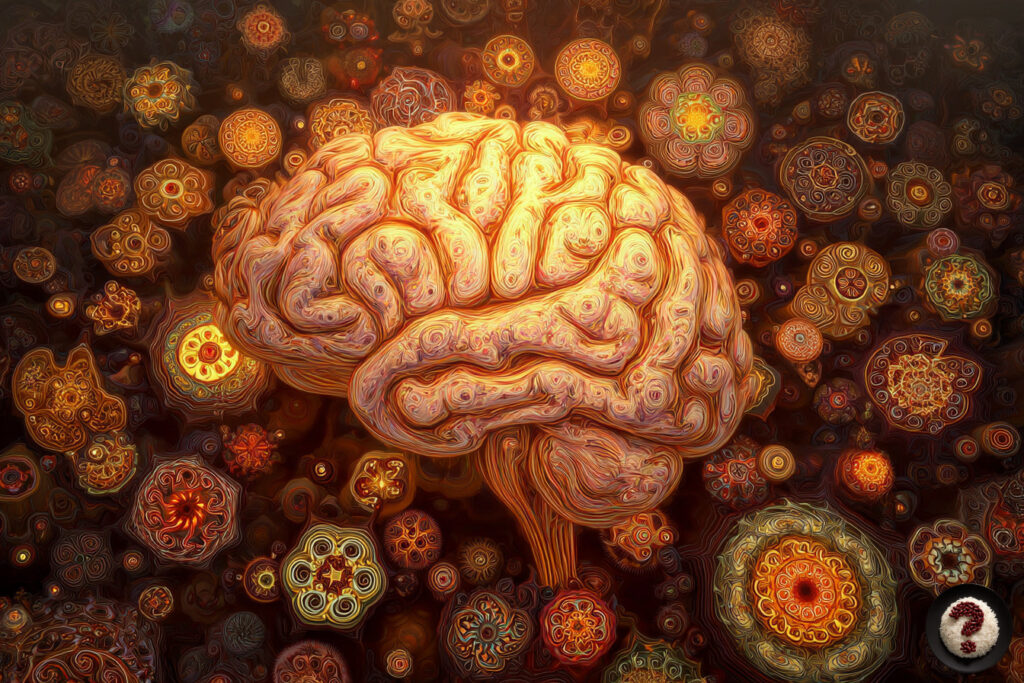
Why Does It Look Pleasing to Our Eyes?
The answer is related to the human brain’s tendency to be “satisfied” with symmetry and certain ratios. Scientists have discovered that our brain’s reward centers are activated when we look at shapes that possess the Golden Ratio. In other words, the Golden Ratio feels like a mathematical candy to our eyes. Perhaps that is why we have been pursuing it for thousands of years.
Is the Golden Ratio a Guarantee of Perfection?
Not always. The human eye doesn’t always respond to mathematical ratios but also to emotional effects. Sometimes, things that are far from symmetry can appear more attractive. Thus, the Golden Ratio is not “absolute beauty,” but it is a powerful tool that works most of the time.
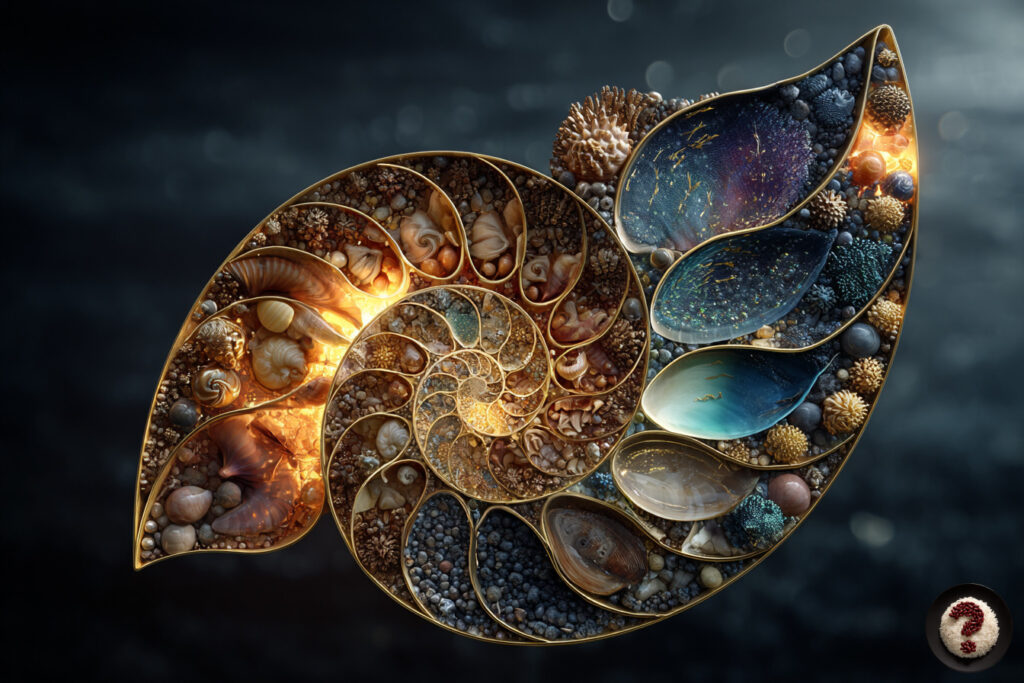
Are the Fibonacci Sequence and the Golden Ratio the Same?
The Fibonacci sequence is a series of numbers where each number is the sum of the two preceding numbers: 0,1,1,2,3,5,8,13,21,34,55,… Where is it seen? Sunflower seeds, snail shells.
The Golden Ratio, on the other hand, is an irrational number (∼1.618).
The Fibonacci sequence is a number series, while the Golden Ratio is a mathematical constant that emerges at the limit of this sequence. They are mutually supporting but distinct concepts.
Example:
- Mona Lisa’s face 🖼️ → Conforms to the Golden Ratio.
- A pineapple’s pattern 🍍 → Is arranged according to the Fibonacci sequence.
In short: Fibonacci is the “dance of numbers,” and the Golden Ratio is the “most beautiful rhythm” of that dance!
Conclusion
The Golden Ratio is the meeting point of mathematics and aesthetics. It manifests itself in nature, art, architecture, and our daily lives. This ratio is frequently encountered in historical structures, natural formations, and handicrafts in Turkey as well.
Next time you take a photo, paint a picture, or design something, keep 1.618 in the back of your mind. Perhaps the secret to capturing that “wow” effect lies there.
References:
- Livio, M. (2002). The Golden Ratio: The Story of Phi, the World’s Most Astonishing Number. Broadway Books.
- Markowsky, George. “Misconceptions about the Golden Ratio.” The College Mathematics Journal, Vol. 23, No. 1, 1992.
- Huntley, H. E. (1970). The Divine Proportion: A Study in Mathematical Beauty. Dover Publications.
- Herz-Fischler, Roger. A Mathematical History of the Golden Number. Dover Publications, 1998.
- Öklid, Elementler (MÖ 300).
- Smithsonian Magazine – The Golden Ratio
- Ayasofya Müzesi Resmi Sitesi
- T.C. Kültür ve Turizm Bakanlığı – Selimiye Camii
- Pamukkale Travertenleri – UNESCO
